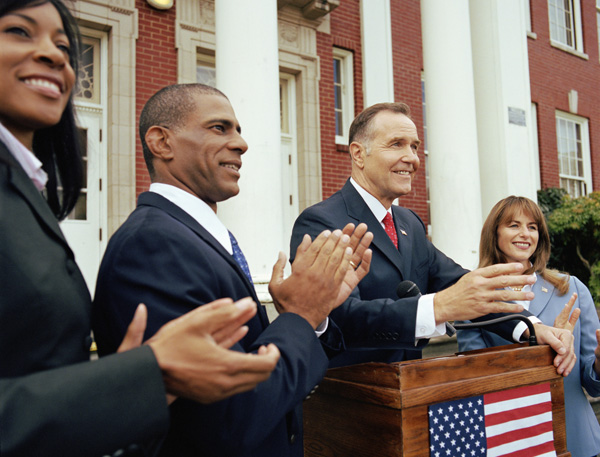(The second installment in my twelve-part blog series A Leadership Vision for America)
The first of my four secrets toward effective solutions in Washington is really not a secret at all—I have been promoting it as a requirement for organizational success for over thirty years:
The First Secret: Have A Compelling Vision
Assumption:If people don’t have a larger purpose to serve, the only thing they have to serve is themselves.

A colleague of mine, Jack Bowsher, former Director of Education for IBM, agrees with my assessment in his book Educating Voters for Rebuilding America. According to Jack:
“As the old saying goes, ‘If you don’t know where you are going, any road will get you there.’ Unfortunately, this adage describes our country in recent years. Americans need to develop a vision of where they want their country to be in future years. Political parties can then develop and implement the strategies and programs that … will achieve the vision. This vision will motivate voters to support the fundamental changes that are necessary to achieve the vision.”
To help people create a compelling vision for their organization, I wrote a book with Jesse Lyn Stoner entitled Full Steam Ahead! Unleash the Power of Vision In Your Work and Your Life. In our work with organizations all over the world, we have observed that the biggest impediment to success and goal achievement is the lack of a compelling vision—knowing who you are (your significant purpose), where you’re going (your picture of the future), and what will guide your journey (your values). In fact, fewer than ten percent of the organizations we have visited have been led by managers who had a clear sense of where they were trying to lead people.
Next time: What is America’s significant purpose—what makes us who we are?